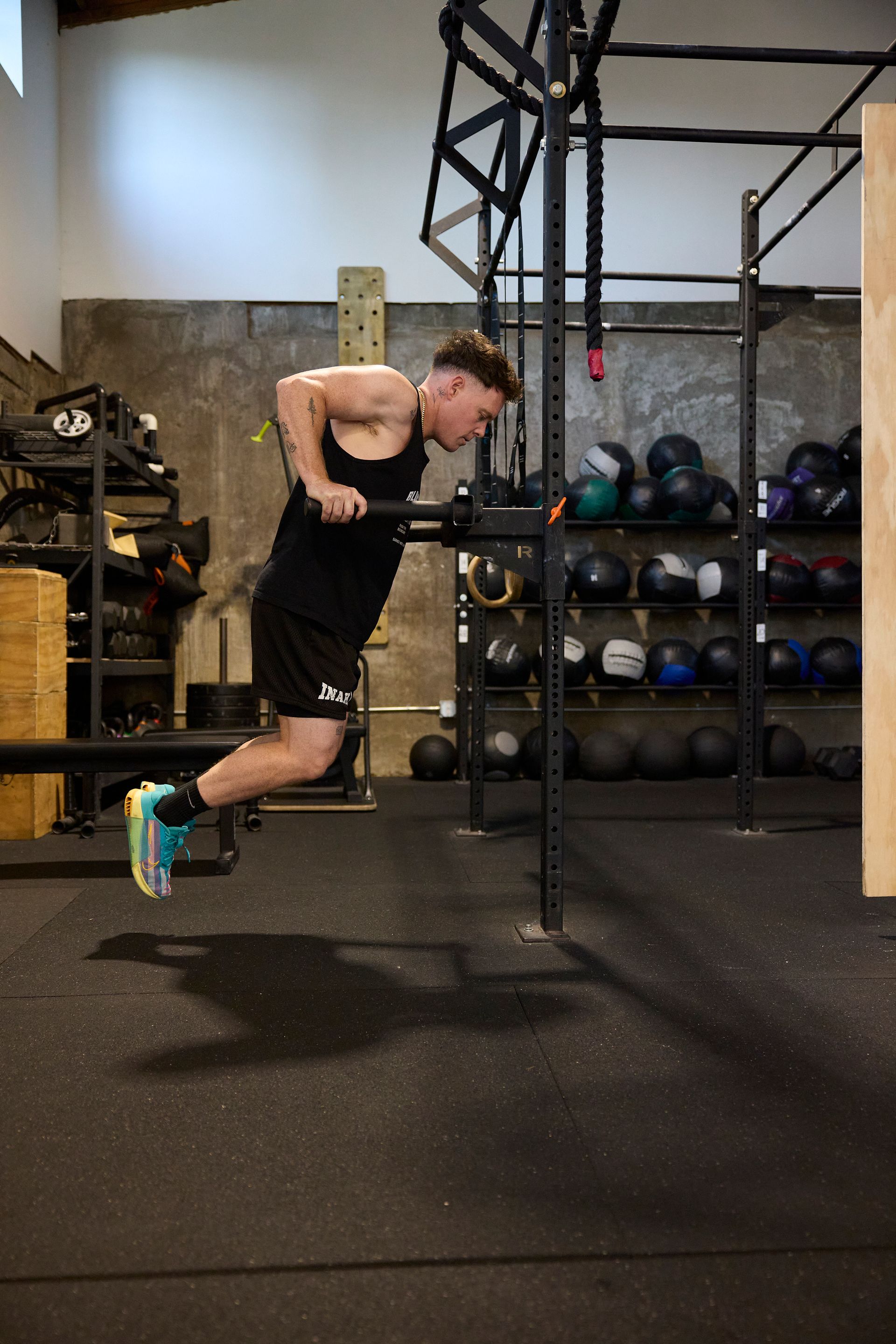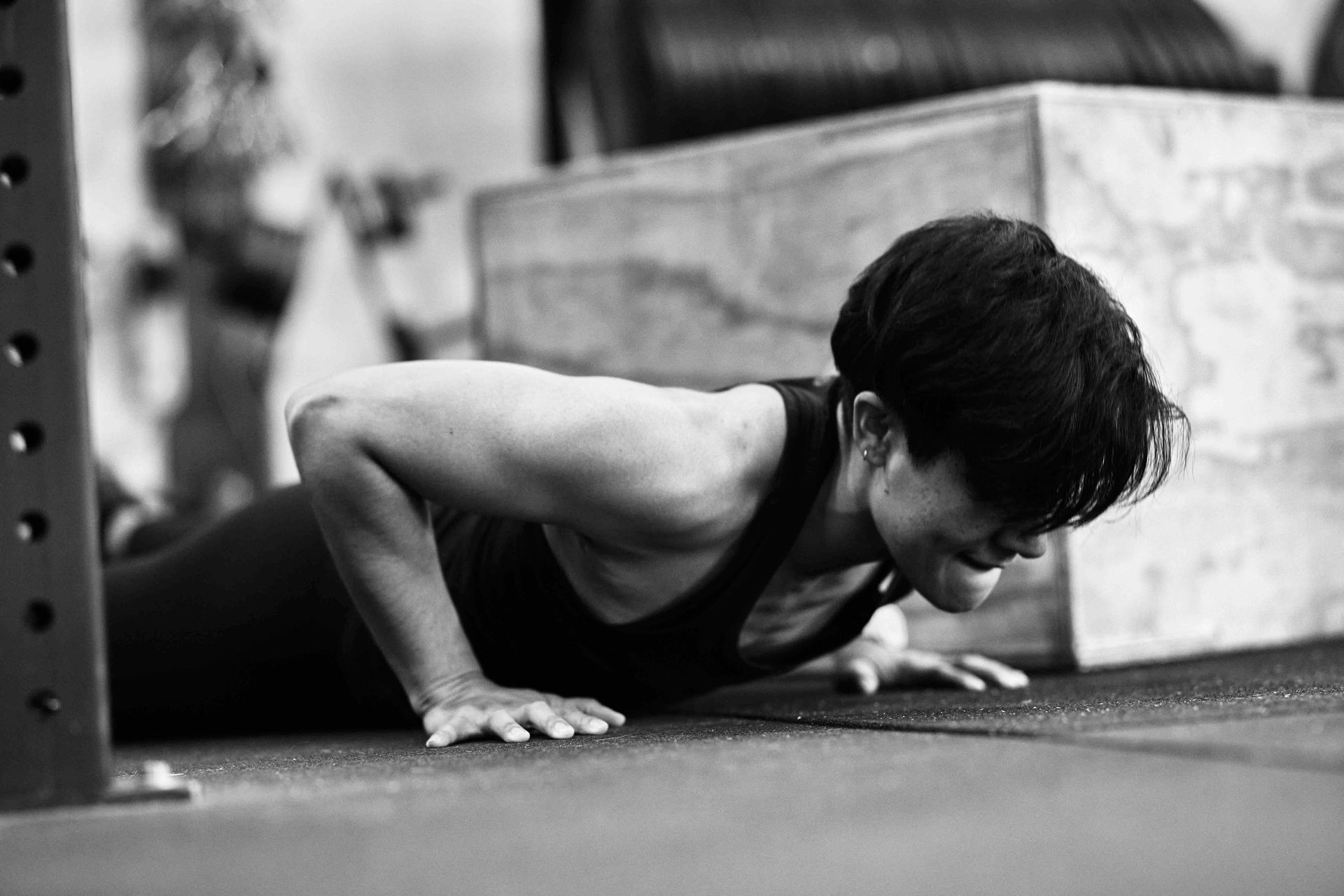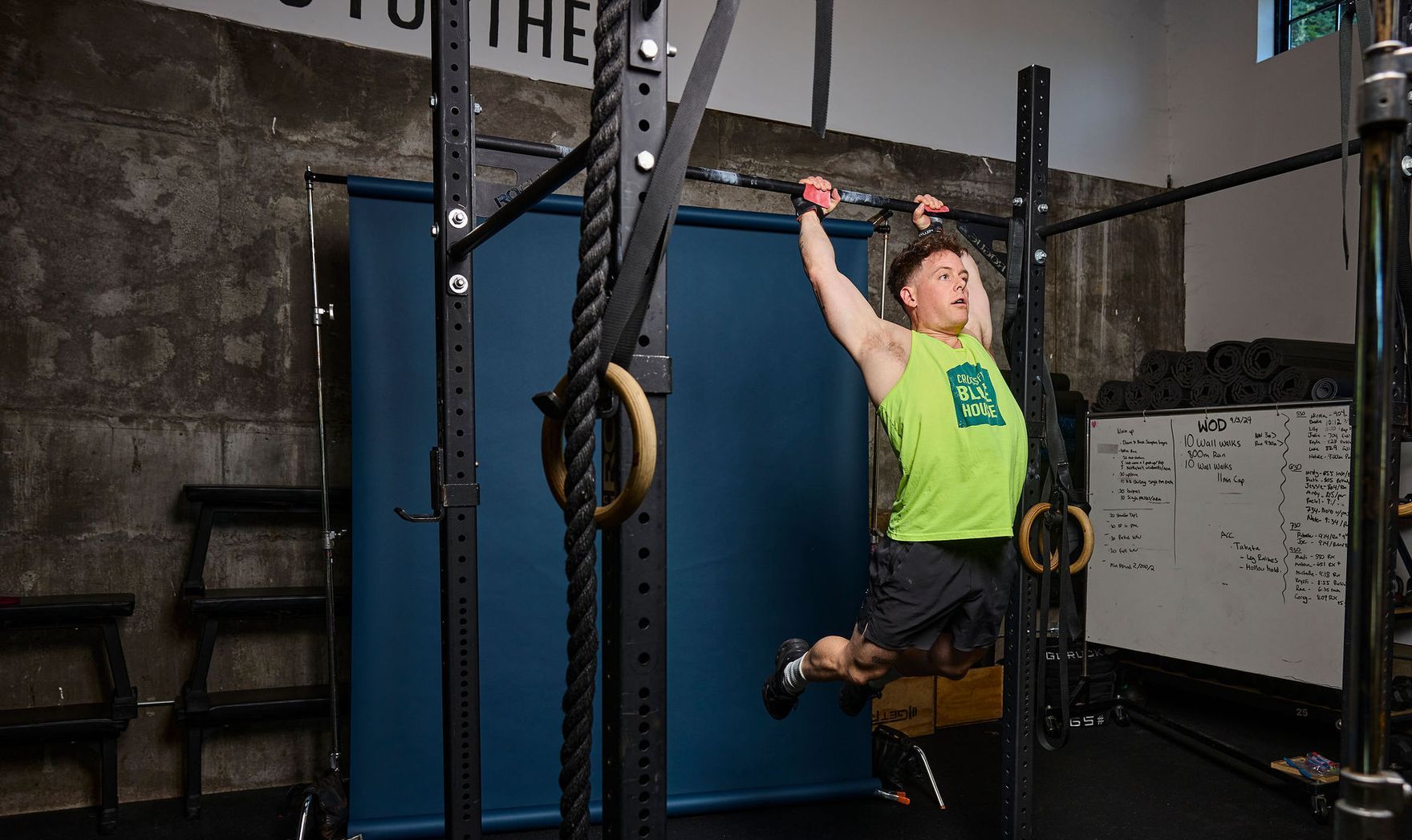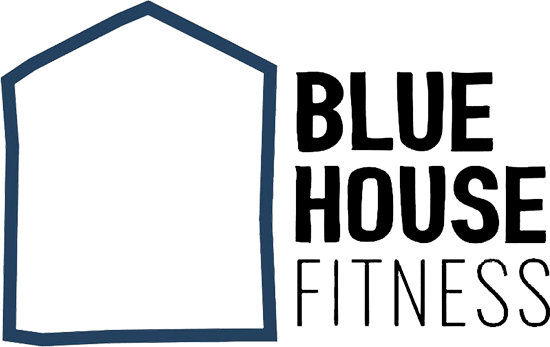Blue House Weekly Updates, 10/09/2023
BH Summit Recap
Thank you to everyone who joined us for our first Blue House Summit! We were so grateful for your presence, engagement and participation- and incredibly inspired by your goals! This was the embodiment of community. Learning together, working out, sharing a meal and most importantly, encouraging and uplifting each other. If you haven’t sent us your goals- feel free to DM us on Slack or reply to this email! We would love to support you and celebrate your accomplishments!
For those of you who were unable to attend, we will be releasing content over the upcoming weeks sharing snippets of what we discussed. This will be a yearly event for us, and something you’ll want to clear your calendar for!
BH Merch Fall Drop: PRE-ORDER NOW!
We are bringing the swag this season and have a full line up of shirts, sweaters, sweat shorts and sweatpants! These will ONLY be available through PRE-ORDER. We have a full rack in the gym with every size to try on. If you find something you like, write your info down on the pre order form located to the left of the rack. Get on it!
Blue House Scholarship Applications are LIVE
We will be making these scholarships available exclusively to members of Blue House, but we encourage friends/family and community members who may need financial assistance to reach out to us at hello@bluehousefitness.com to discuss other potential opportunities.
Unlock your HSA/FSA funds with our TrueMed Partnership
Your future payments may be eligible for reimbursement through HSA/FSA funds! TrueMed will handle all the intricacies of using your HSA/FSA funds on your behalf, making the entire process seamless and hassle-free.
Food for Thought:
The Role of Support & Community
TOGETHER WE GO FURTHER
We are wrapping up our four week series on Goal Setting. This week, we are talking about the role that community plays in your success. We say this a lot (and we even have it painted on our walls), Together We Go Further. Let’s unpack some of the layers behind this catchy phrase.
We live in an increasingly isolated society. Technology, social media, transportation etc. has given us the ability to be more connected than ever before, yet people are suffering from an epidemic of loneliness that is shortening life-span at an alarming rate.
A lack of social-connection can increase risk of premature death by 60%.
If you joined us for the Summit, we discussed the importance of community. We talked about how we are less dependent than we have ever been on each other as neighbors, friends, family and community members- and as a result, more reliant on complete strangers than ever before.
One of the reasons we are so passionate about what we do is because of the trickle effect that takes place outside of our four walls. We’ve seen it time and time again, and 100% believe in the snowball effect that just a little bit of momentum can create over time. It changes individuals, changes their families, their communities, the way they invest in their relationships and big picture, it has the power to change the world around us.
We need each other. We need to learn to open up to one another, and to share what we are going through or struggling with. If this sounds scary- that’s because it is. Being vulnerable with someone takes courage. But if you can push through and get on the other side of that fear, you may be surprised at the outcome.
In the book “The Power of Vulnerability” by Brene Brown, she shares, “We associate vulnerability with emotions we want to avoid such as fear, shame, and uncertainty. Yet we too often lose sight of the fact that vulnerability is also the birthplace of joy, belonging, creativity, authenticity, and love.”
We are not a community where people go to unplug, or put in headphones and hope to avoid any/all interactions with other human beings. We are a community where we embrace connection and we embrace vulnerability. That means, showing up to workout after a long, frustrating day at the office and being okay not being okay, and trusting that the people around you and your Coach will hold space for you. That means reaching out on Slack to ask for help moving furniture, or accepting home cooked meals as you recover from surgery.
It also means sharing your goals with community members you trust and asking for accountability when you need it.
Here’s the cool thing about being vulnerable with your goals: studies show that publicly committing your goals to someone gives you at least a 65% chance of completing them. And having a specific accountability partner increases your chance of success to 95%.
You read that right. Simply having a specific person you share your goals with and periodically check in with will increase your rate of success to 95%.
Our challenge to the community is to find 1-2 members at the gym to share your goals with, maybe even form a small group. Check in with each other on a regular basis (weekly minimum) and support each other as you track your progress. There will be periods of time where things feel like they aren’t going anywhere at all, or maybe even back tracking, and it’s those exact moments where support from a friend will keep you pressing forward, and ultimately, reaching your destination.
If you aren’t quite ready for that yet, we would be happy to check in with you. Send us an email or shoot us a DM on Slack. We are here to support you!
If you want to go fast, go alone; if you want to go far, go together
Start the qualification process here.
More Recent Posts





